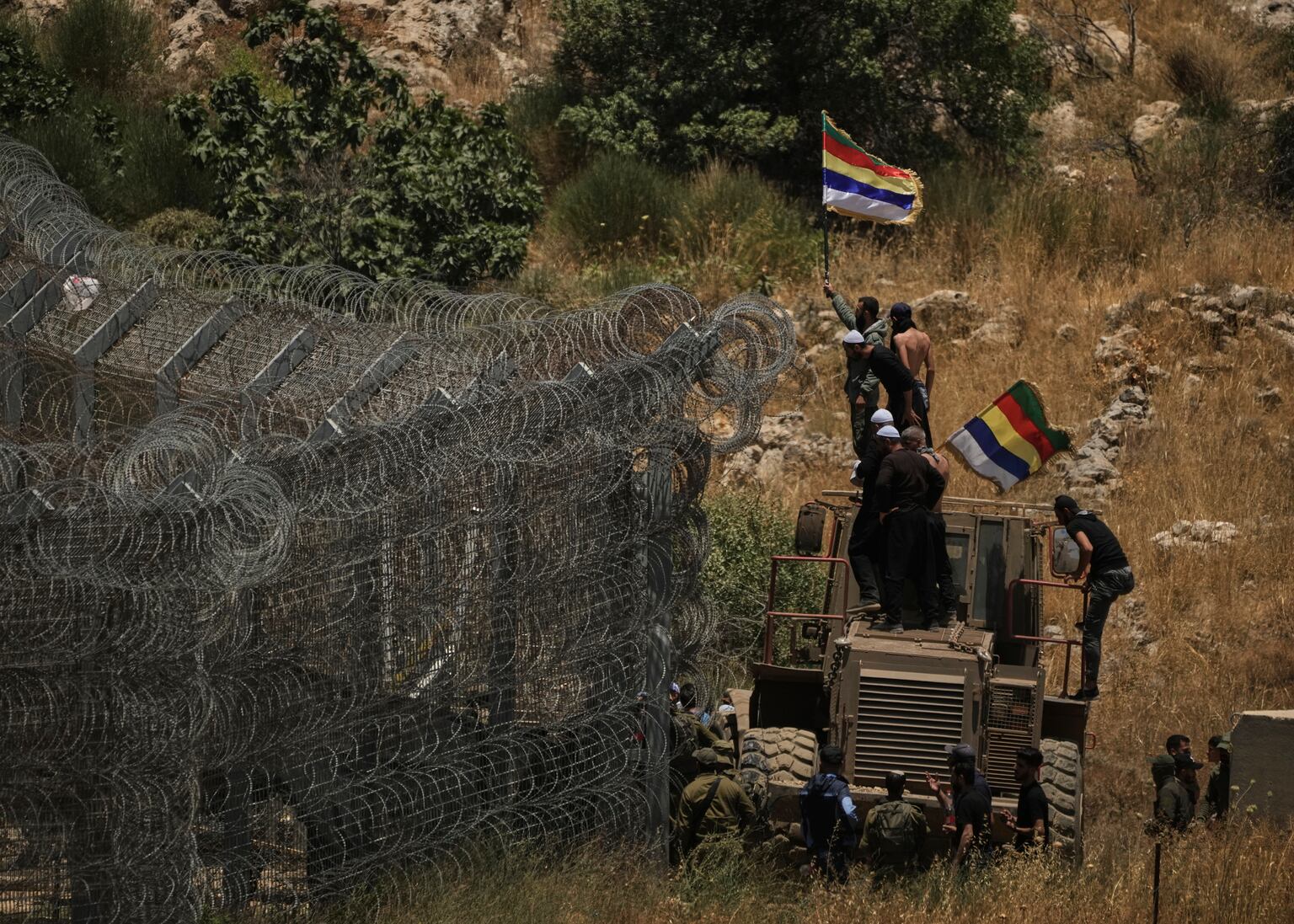Escalation of Violence in Sweida and Regional Tensions
Violence has erupted in the Syrian city of Sweida following the breakdown of a ceasefire between government forces and Druze armed groups. This development comes amid heightened tensions as Israel threatens to increase its involvement in the region. The situation reflects a complex web of conflicts involving multiple actors, including local militias, government forces, and international players.
Israeli Military Actions and Concerns Over Druze Minority
The Israeli army has reportedly carried out strikes near the entrance to the Syrian Ministry of Defence in Damascus. These attacks are part of a broader pattern of Israeli air strikes targeting government convoys in southern Syria since the clashes began. Israel has also increased its military presence along the border, citing the need to protect the Druze religious minority.
The Druze community, which is primarily located in Syria, has historically maintained a distinct identity and often finds itself caught between conflicting interests. Their concerns have been amplified by recent events, with many fearing for their safety and future under the new Syrian leadership.
Ceasefire Violations and Military Operations
Syria’s Defence Ministry accused local militias in Sweida of breaking the ceasefire agreement reached on Tuesday. This led to the Syrian army resuming military operations in the Druze-majority province. The ministry emphasized that military forces are responding to the source of fire within the city while adhering to rules of engagement aimed at protecting residents and ensuring their safe return.
Despite these efforts, the situation remains volatile, with reports of ongoing clashes and incidents of violence. The lack of official casualty figures has added to the uncertainty, though estimates from the Syrian Observatory for Human Rights suggest over 250 deaths, including civilians and security personnel.
Historical Context and Sectarian Struggles
The current conflict in Syria has deep historical roots. A rebel offensive led by Islamist insurgent groups ousted Bashar Assad in December, marking the end of a nearly 14-year civil war. However, the country’s new rulers have struggled to consolidate control over the territory, leading to continued instability.
Religious and ethnic minorities, particularly the Alawite community to which Assad belongs, have faced increasing suspicion and hostility. This was evident in the sectarian revenge attacks that followed clashes in March, resulting in the deaths of hundreds of Alawite civilians.
Escalating Conflicts in Southern Syria
The latest escalation in violence began with tit-for-tat kidnappings and attacks between local Sunni Bedouin tribes and Druze armed factions in the southern province. Government forces attempting to restore order have also clashed with the Druze, while reports of extra-judicial killings, looting, and burning of civilian homes have further complicated the situation.
These incidents highlight the deep-seated divisions and mistrust among different communities in the region. The Druze, in particular, remain divided over how to navigate the new political landscape in Syria. Some advocate for integration into the new system, while others push for an autonomous Druze region.
International Involvement and Future Outlook
International actors, including Israel, continue to play a significant role in the conflict. Israeli Defence Minister Israel Katz recently stated that the Israeli army will continue to attack regime forces until they withdraw from the area. He also warned that the bar for responses against the regime may be raised if the message is not understood.
The situation in Syria remains fluid and unpredictable, with the potential for further escalation. As the conflict continues, the focus remains on the safety and well-being of civilians, particularly those from vulnerable communities like the Druze. The path to stability and peace in the region remains uncertain, but the need for dialogue and cooperation is more pressing than ever.







